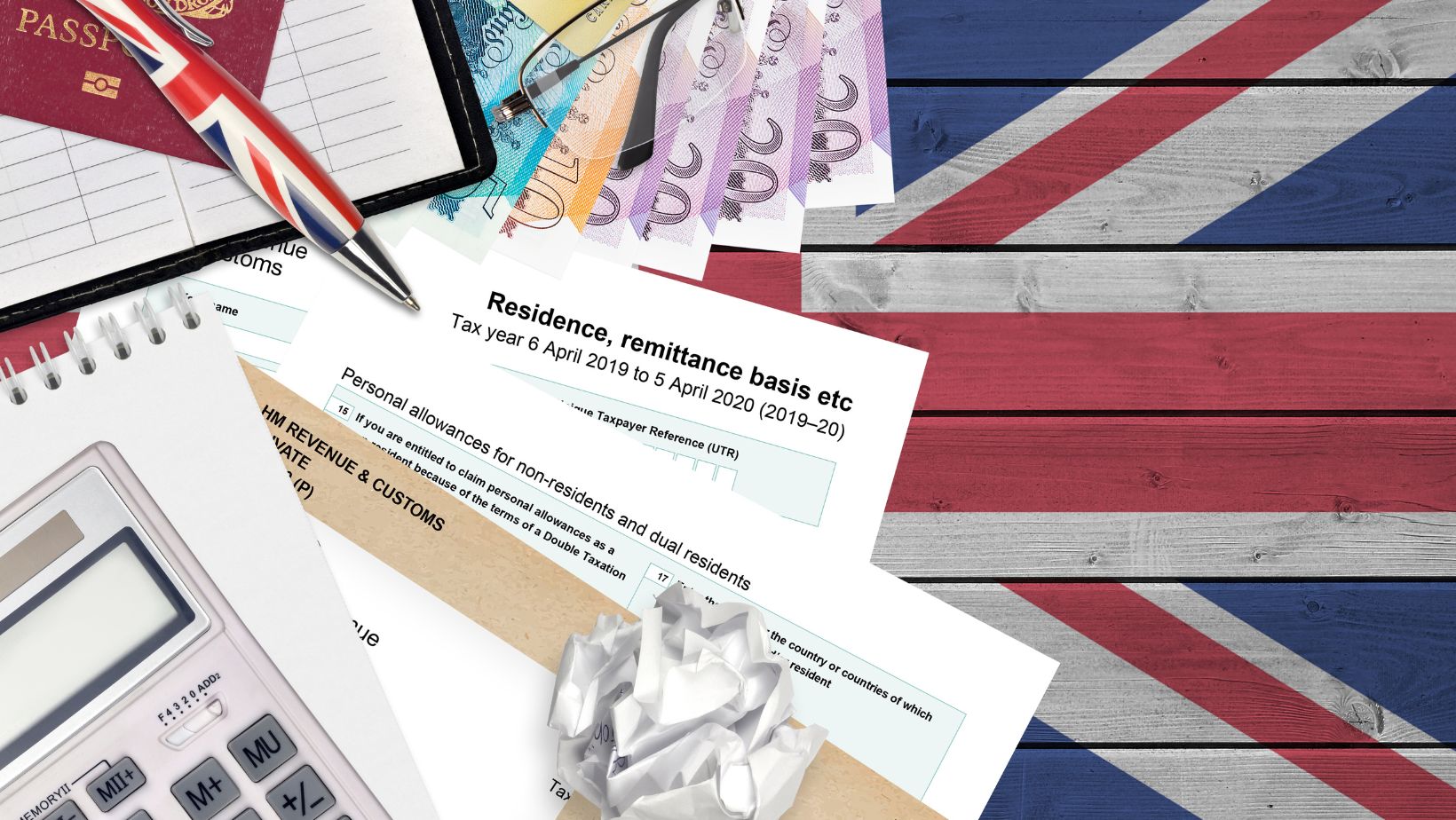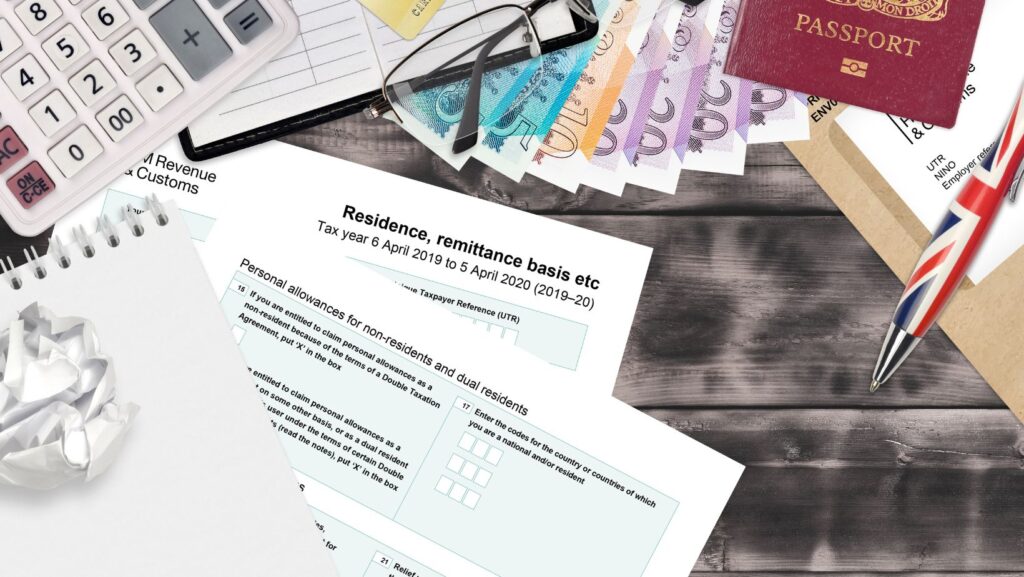We refer to these transfers as workers’ or migrant remittances when migrants return home with a portion of their income in the form of cash or products to help their families. They are currently the main source of foreign money for many developing nations because of their recent fast growth. The number of migrants worldwide has increased during the past 30 years, regardless of the epidemic. With the growth of the global economy, nations and regions have become more interconnected, and more individuals are relocating overseas to seek work or educational opportunities.
Introduction
Every year, millions of individuals go abroad in search of better opportunities. Since the very beginning of time, there has been a constant flow of people establishing roots and moving on, whether for employment, education, or to escape a natural disaster or war. According to the United Nations’ most current estimate from 2020, the number of foreign migrants has tripled since 1970 to 281 million.
That’s fewer than four out of every hundred. The number of foreign migrants worldwide had been increasing consistently before COVID-19 acted as a restraint on human mobility. According to U.N. projections, the pandemic delayed the expansion of the worldwide migrant pool by around two million by the middle of 2020, which is 27% less than the anticipated growth.
Getting the Money There
Three steps are involved in a typical remittance transaction:
· Step 1: Using cash, cheque, credit card, money order, debit card, or a debit instruction given via phone, email, or the Internet, the migrant sender pays the remittance to the sending agency.
· Step 2: The sending agency gives the recipient’s country’s agent instructions to deliver the money.
· Step 3: The recipient receives the money from the paying agent.
In most situations, there is no real-time money transfer involved in agent settlement rather, a commercial bank settles the amount owing by the sending agency to the paying agent on a predetermined timetable. Trade-in items are occasionally used to pay informal remittances.
The Historical Context of Remittances
The conventional means of sending money home were money orders and bank transfers, both of which had several drawbacks. Giving cash to a sending agency in one nation with an understanding that it would be reimbursed to the beneficiary in the receiving nation upon request is another option.
It frequently takes some time for the right instructions to be communicated across different nations because of international time variations. Changes in currency exchange rates over this period may also be advantageous to sending agents. There is frequently a fee associated with converting US dollars to another currency, which reduces the recipient’s available funds.
The shift to more contemporary transfer techniques has been enlightening for many people throughout the world since banks and other financial organizations have historically been costly and delayed when processing remittances and transfers of money internationally.
Digital Services Streamlining Remittances
Over the past several years, several money transfer companies have developed innovative consumer services and solutions that have greatly simplified remittance payments. Even the simplest smartphone models now have apps that are enhancing remittances and making them more accessible.

By making these applications accessible with the simplest devices, a major price barrier to their adoption by end-users in underdeveloped nations is eliminated, opening up and democratizing their use.
Modern Trends in Cross-Border Money Transfers
The costs imposed by the banking institutions involved have long been one of the issues that consumers transferring money abroad have to deal with. The traditional bank business model is being challenged by some of the emerging financial technology (FinTech) businesses that offer significantly cheaper transaction fees some as low as 0%.
Future user fees will almost definitely be far cheaper as a result of the banks and other financial institutions being forced to adapt or perish in this market due to the growing competition. Banks frequently impose a flat cost for wire transfers, which can range from $20 to $45 in total. Additionally, they frequently tack on a fee that ranges from 2 to 6% of the transactions.
Future Prospects of Remittances
Remittances are referred regarded as a critical economic stabilizer by the World Bank, which also maintains that they are essential in assisting the households who receive them in strengthening their resilience. This makes it easier for companies to endure when local and global economic conditions deteriorate.
According to research, remittance payments have risen to the point that they have up to three times outperformed foreign aid and surpassed foreign direct investment in several nations. Since most of these transactions are conducted unofficially, it can be challenging to gauge the actual size of remittances, although it is evident that they are increasing annually.
Remittances Will Continue to Flourish
Since the early days, when using one of the conventional financial institutions to wire money to the receiver was the sole option, the remittance industry has undergone significant change.
We have entered the digital era with all of its benefits. The rising use of websites or applications improves flexibility and reduces the expenses related to digital money transfers. Compared to the emerging FinTech businesses competing to replace them, the old banks and financial institutions requested far larger percentages.
Impacts
1. Remittances’ global impact
Many foreign migrants feel a strong sense of duty to continuously provide for the folks they leave behind. For their families, the remittances they send home are frequently a vital source of support. Over $600 billion in international remittances were sent to low- and middle-income nations last year, greatly surpassing the amount of development assistance given to such nations.
Remittances from family members overseas help families put food on the table, raise the educational prospects of many children in developing nations, provide access to healthcare, increase the resources accessible for small farmers, and support small businesses whose expansion would otherwise be constrained by credit limitations, among other advantages.
2. The Cost of Sending Remittances
International remittances are expected to reach $630 billion this year, up 4.2 percent, according to World Bank forecasts. They are an essential instrument for development that reduces poverty. However, does the price of sending remittances match the important demands that they frequently assist in addressing?

Development researchers estimate that remittance senders would save billions of dollars annually if the cost of sending remittances were reduced by only a few percentage points. To assist achieve the Sustainable Development Goals it has established for 2030, the UN has deemed lowering the cost of sending remittances to 3% a key consideration.
3. COVID-19’s impact on remittances
During the epidemic, governments or territories implemented almost 100,000 travel restrictions connected to COVID-19. In addition to having a profound impact on global mobility, COVID-19 also damaged the economy of several wealthy nations.
Since 64 percent of all migrants worldwide reside in G-20 nations, the economic effects of COVID have the potential to have disastrous effects on a large number of individuals in low- and middle-income nations.
Conclusion
More mobile wallets can now be accessed through fintech apps, bank payment systems, other wallets, atm, debit cards, and traditional over-the-counter cash points.
This means that more people than ever before can now access financial services like international, real-time payments. A growing number of people worldwide are creating bank accounts in addition to using mobile money networks to access financial services. This remittance advice can also help you to change the lives that are dependent on you across the borders. It’s your turn!
